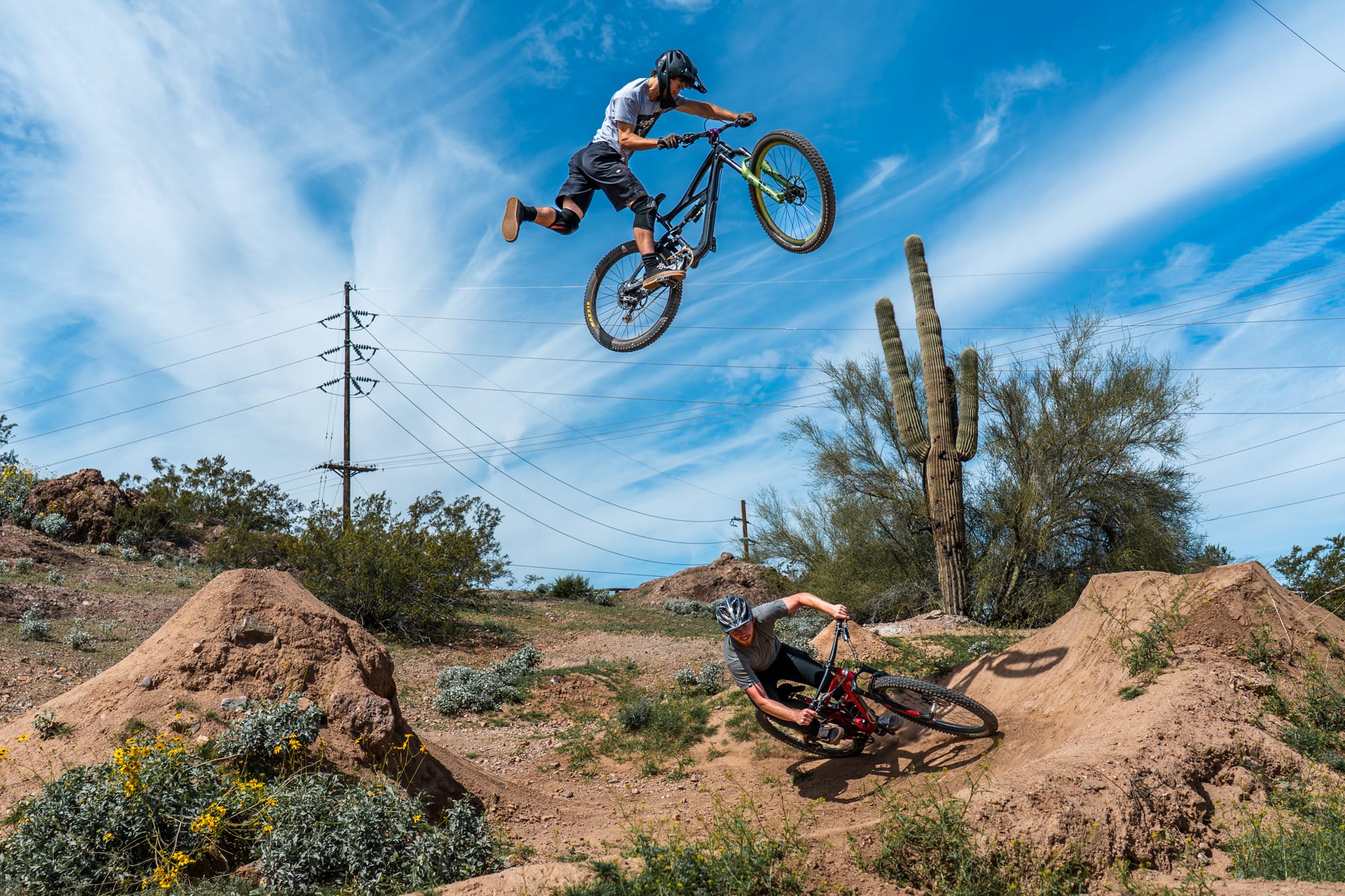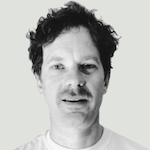
Camera in hand
I'll explain the photo of Kaj above in a few paragraphs. But first some context. And a bunch of photos.
They say photography is a journey. Like many creative pursuits, the act of making photographs is not something one will ever master. Rather, it’s a process of experiencing, learning and growing. And it can be habit-forming; with the constant chase of the perfect composition always close but never quite attainable.
For those of us who consider ourselves photographers, and even all of the casual shutterbugs using cell phone cameras to record the wild world around them, sometimes the images we create don’t have meaning right away. But that shouldn’t stop us from making them, as the printed or digital artifacts can resonate in a profound way over time.
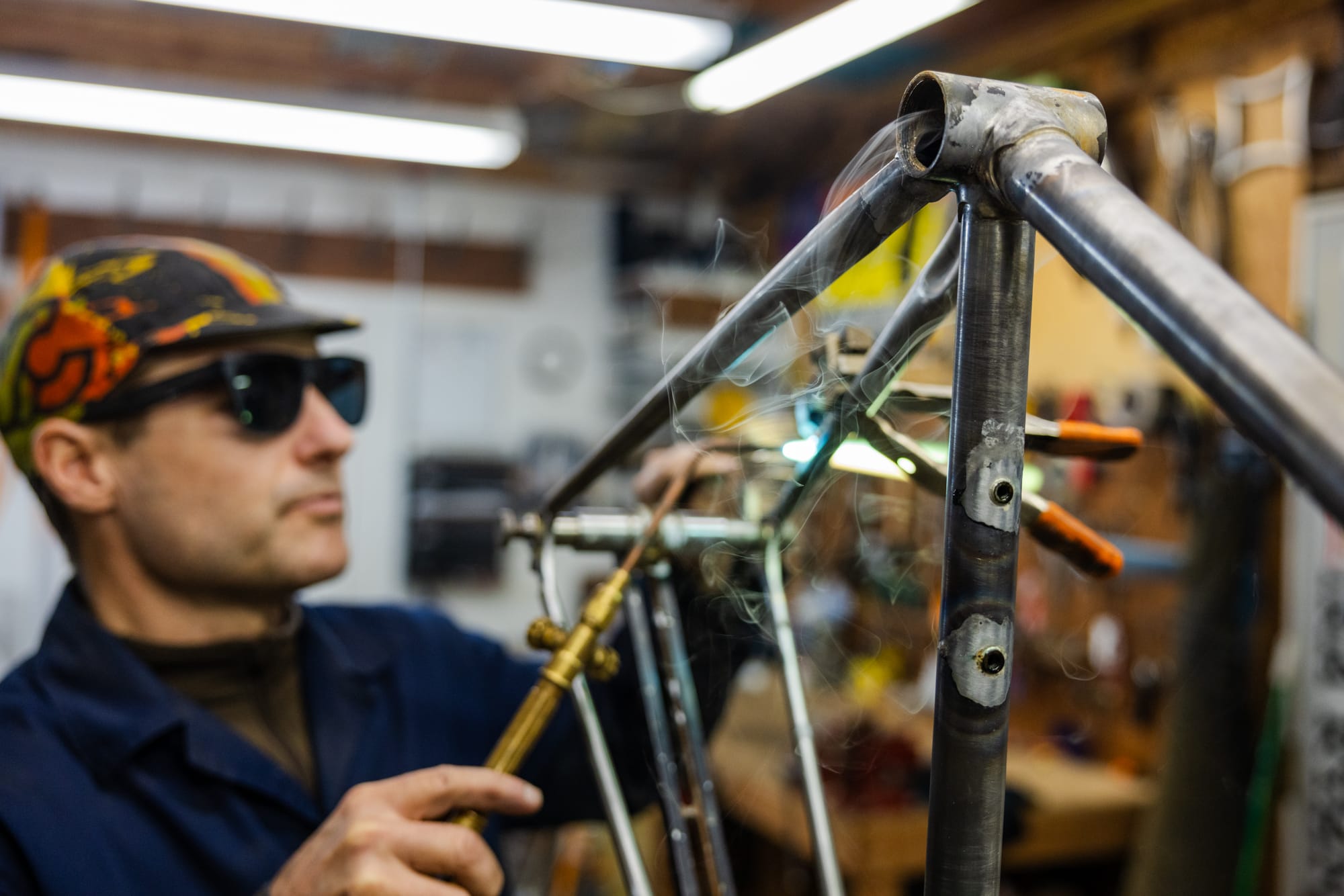

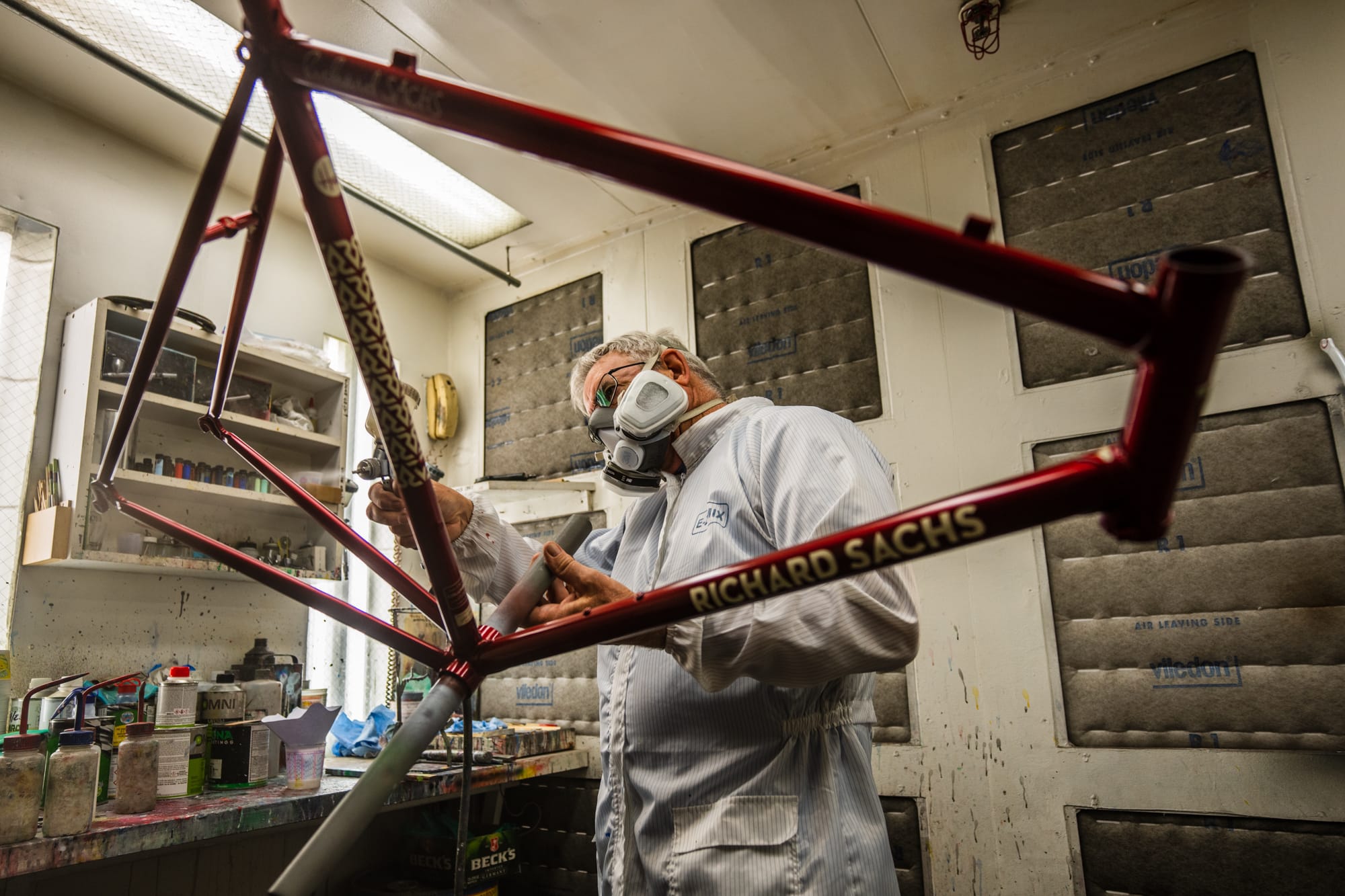
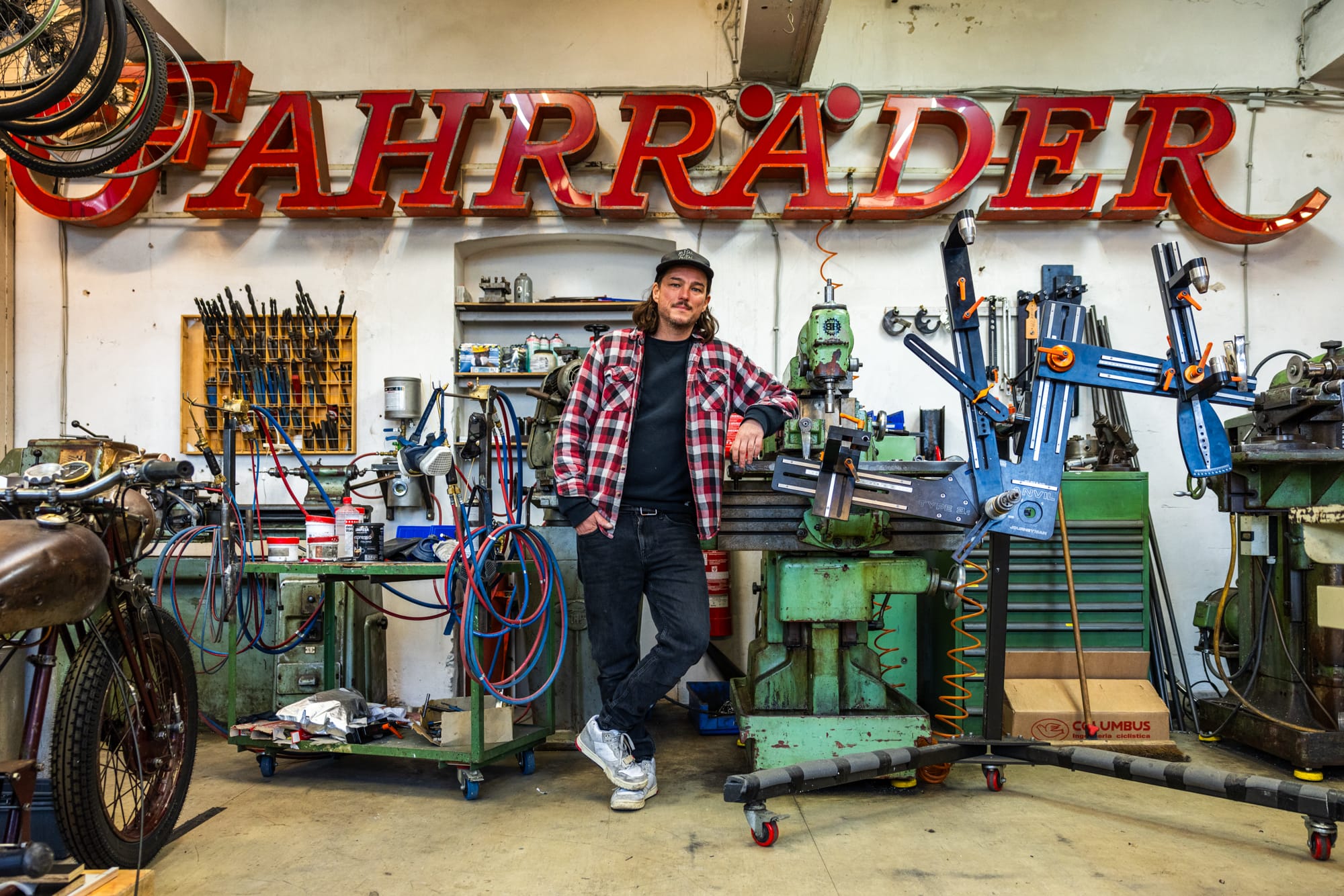
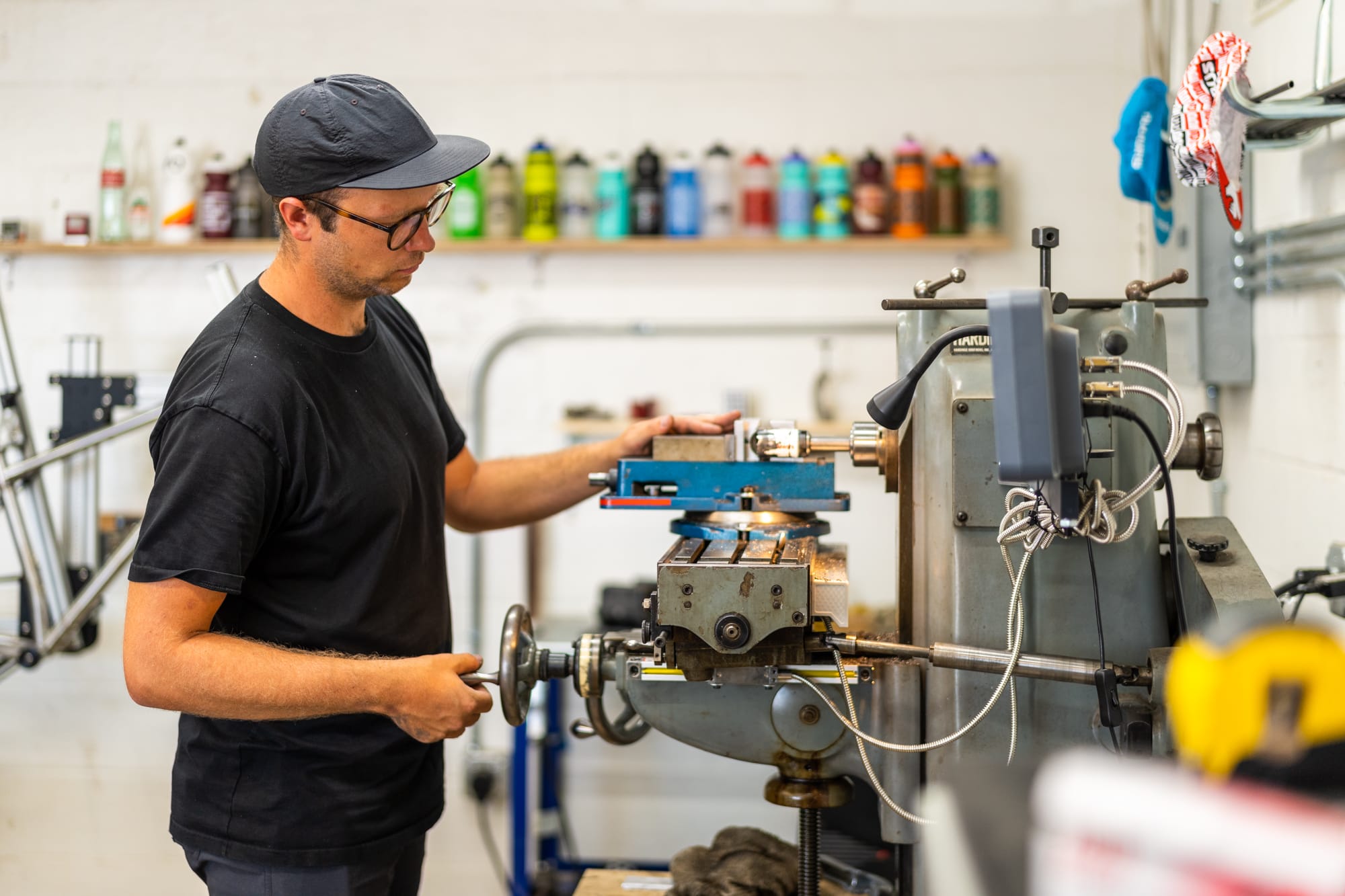

Fabricators in their spaces.
My journey with photography started long, long ago during high school in the late 20th century. I took photography as an elective because the art classroom had a darkroom and I remember being intrigued by the physical aspect of producing a photograph. And I still am. There is something truly magical about freezing a moment in time on a piece of celluloid and then making it appear on paper with a chemical concoction like a mediaeval wizard mixing up a spiritual potion.
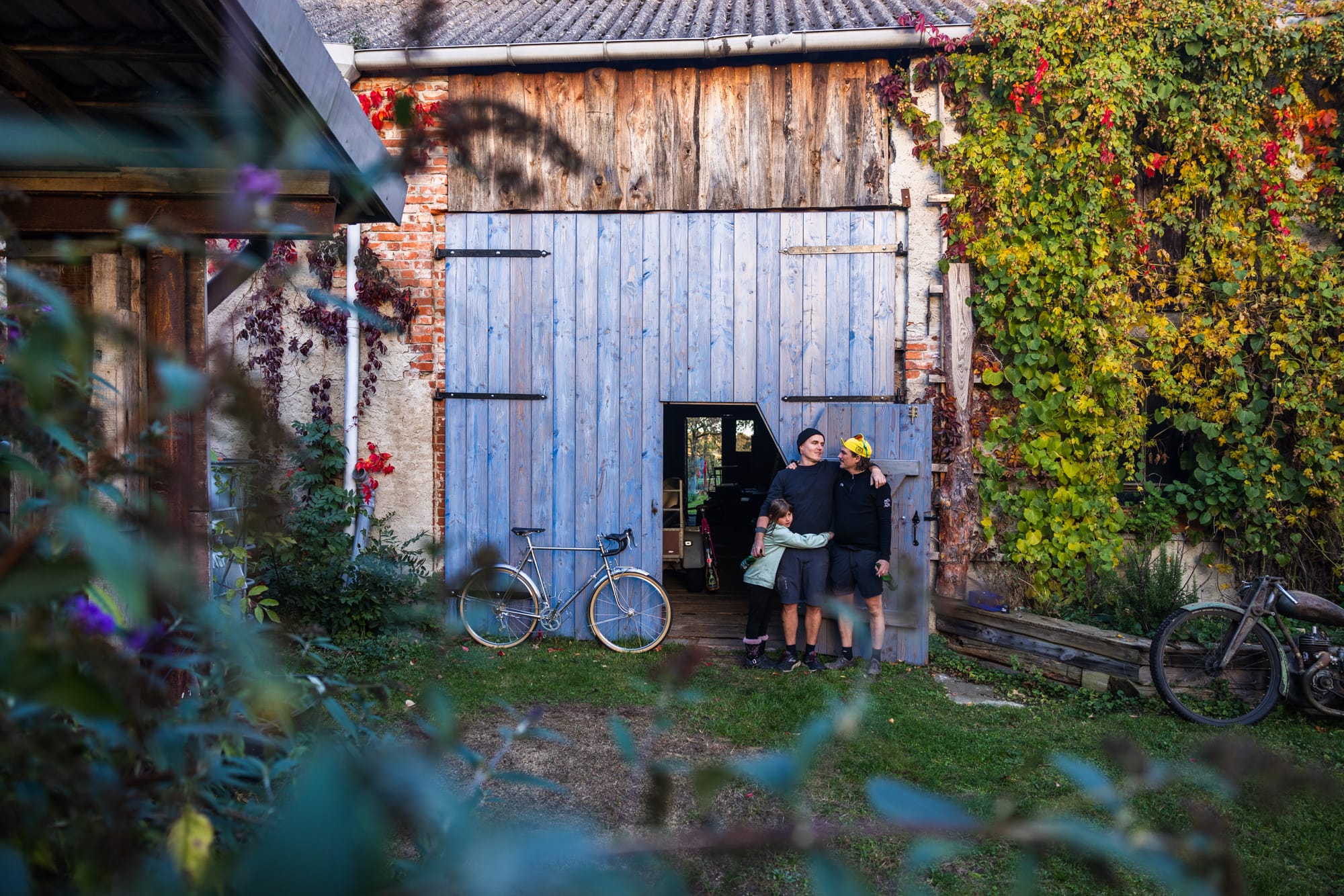
While the subject matter continues to change, my thought process as I pull the camera's viewfinder up to my eye remains largely the same decades in. I remember coming home from a backpacking trip in the Wind River Mountains and showing my parents the stack of photos I had from the week of fly fishing and mountaineering. My mom mentioned how she liked the landscapes but wondered where my friends were? She asked, “Why are there no people in these photos?”
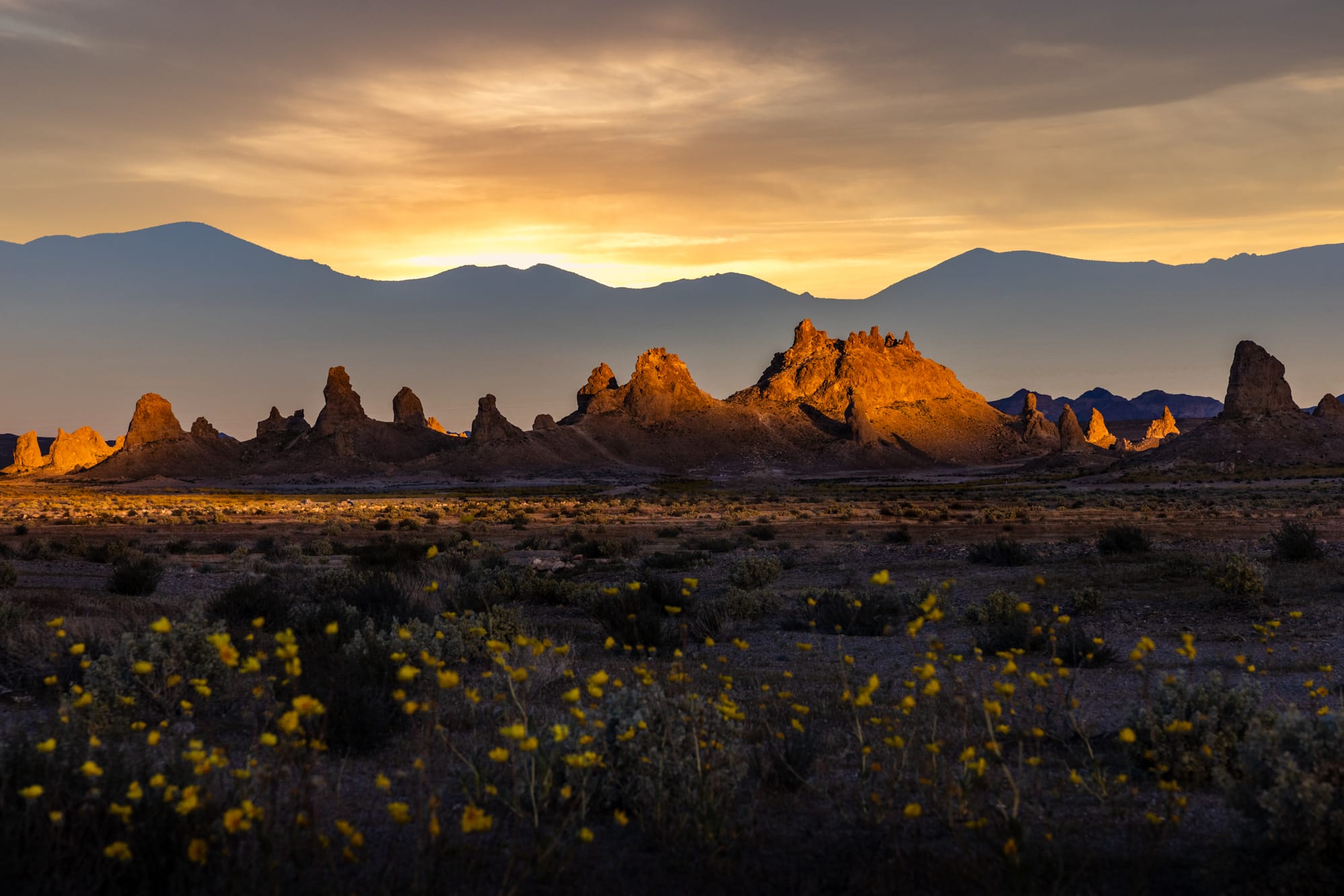
I didn’t really have a great answer at the time and I still don’t today. But her question sticks with me even now and has informed my approach to documenting my life, both on and off the bike.
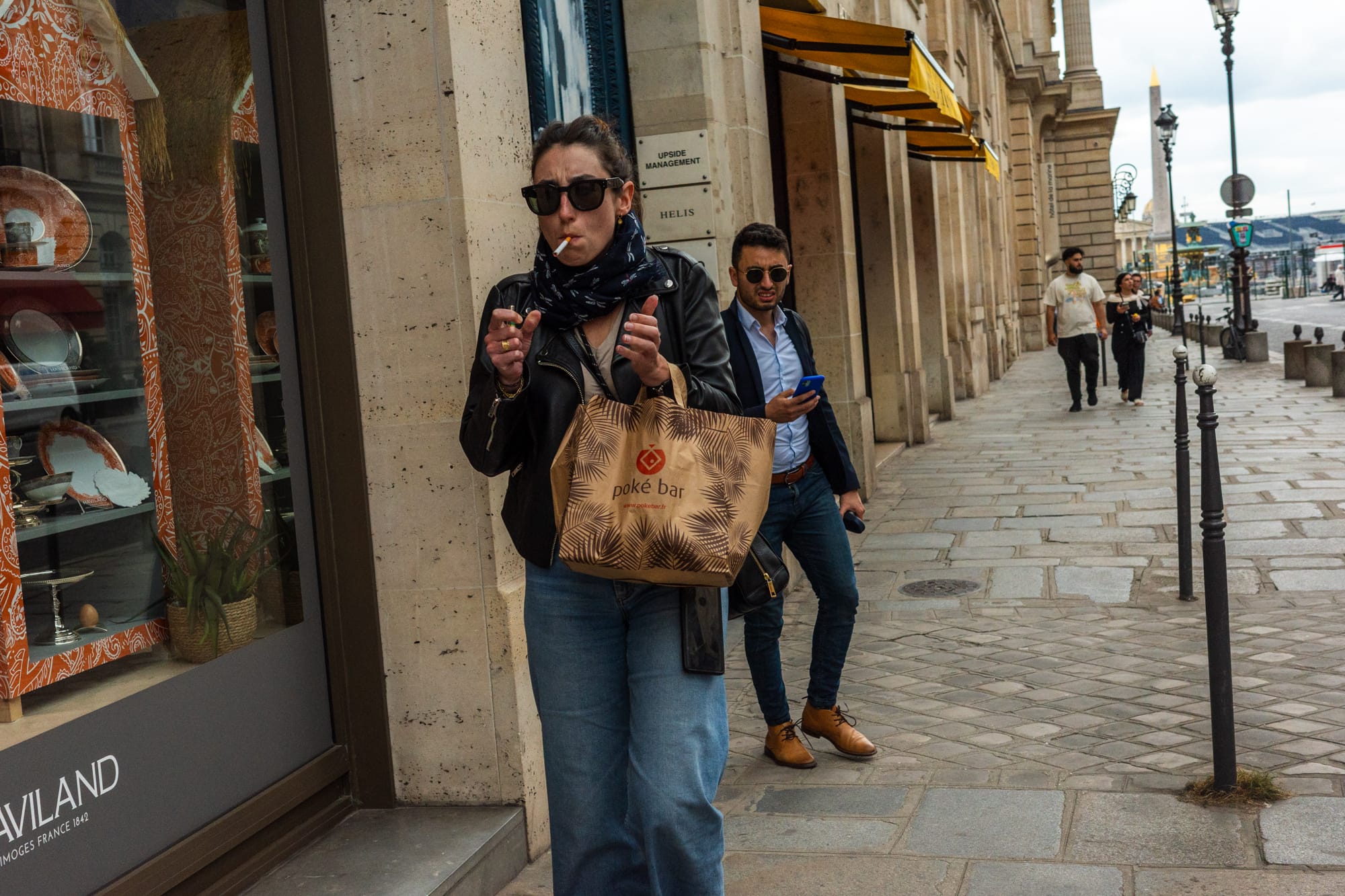
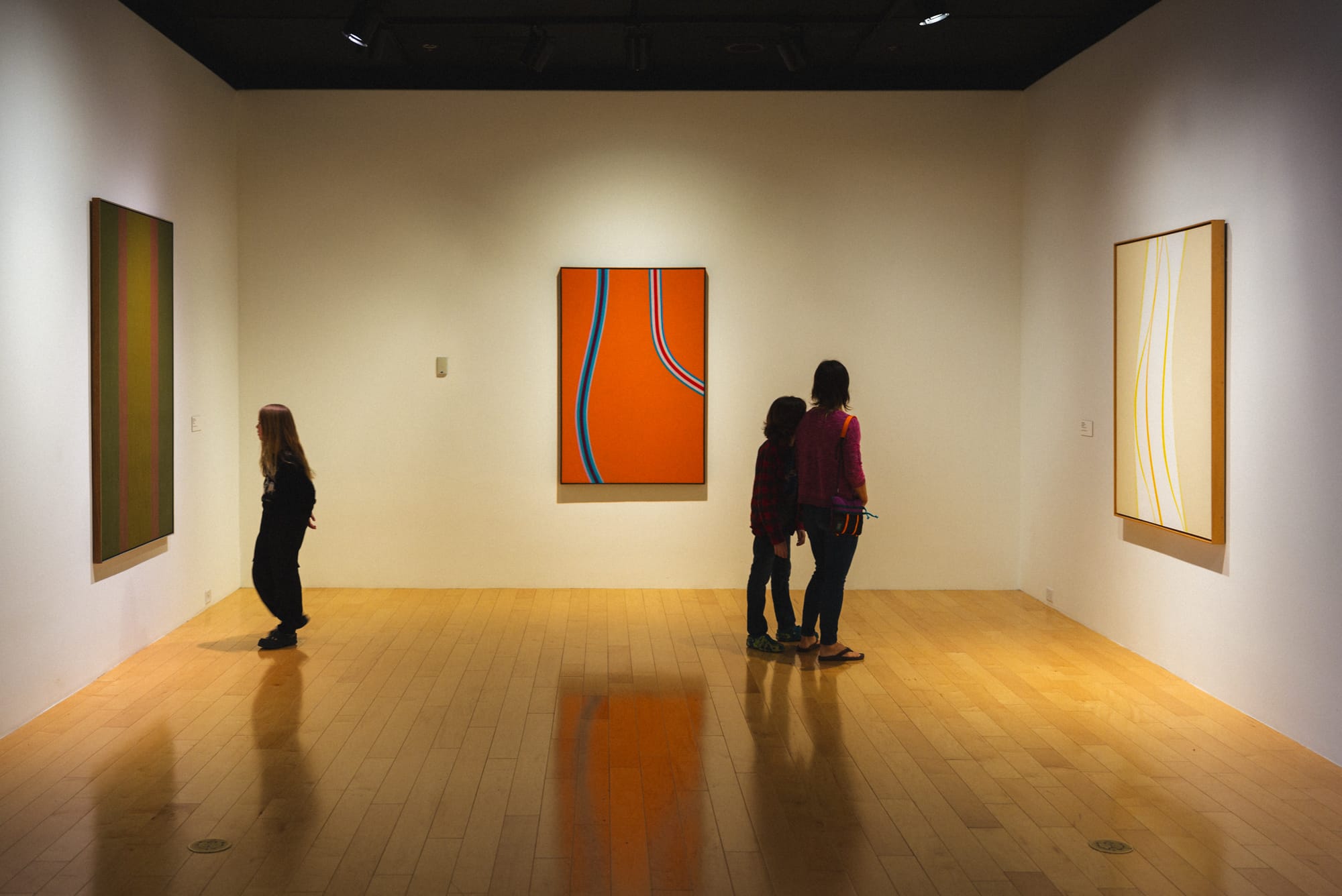
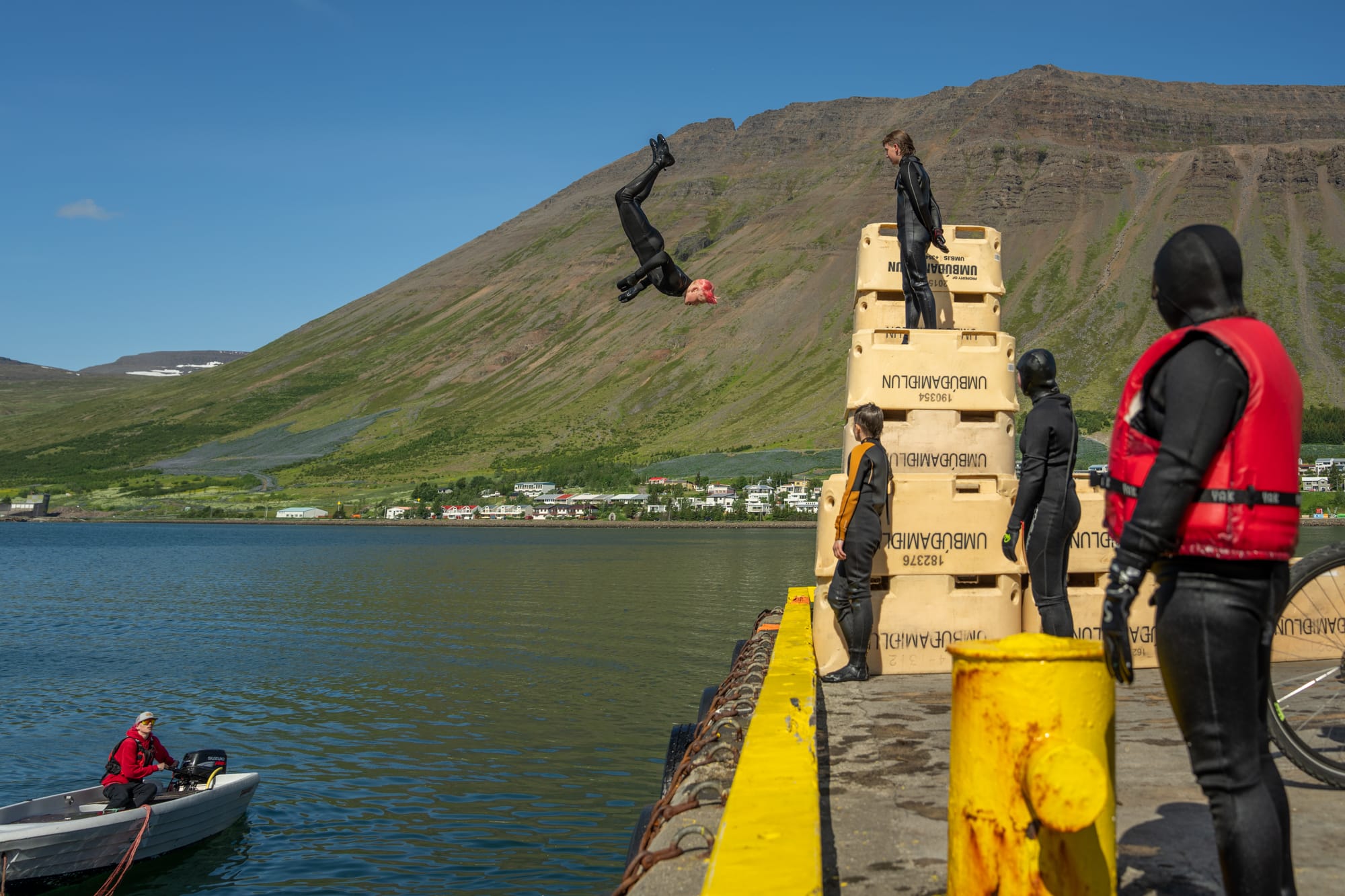
L to R: Paris, Palm Springs, Iceland.
Honing and evolving the craft
Opposite my early landscape photography, where I tended to mostly focus on the static environments I’m in, I find more meaning in documenting people within those contexts – from fashionistas on the streets of Paris or bicycle framebuilders in their workshops to my children experiencing an art museum or a group of friends on a bicycle tour.
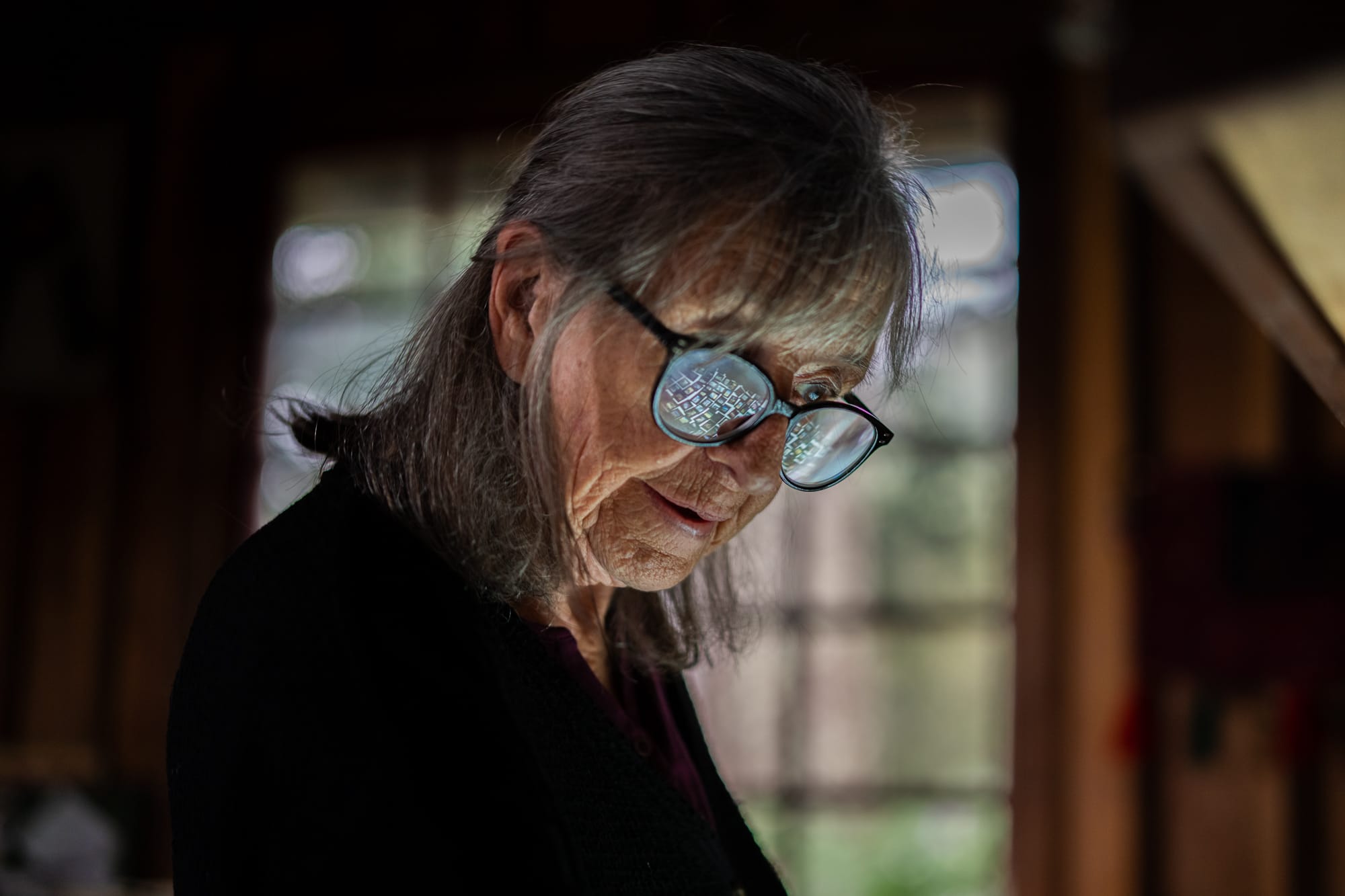
For me, at least, the human experience is more dynamic than the natural world. To pick up on the latter example, and start to make my point, my relationship with cycling photography coalesced nearly a decade ago when I moved to Arizona from Colorado.
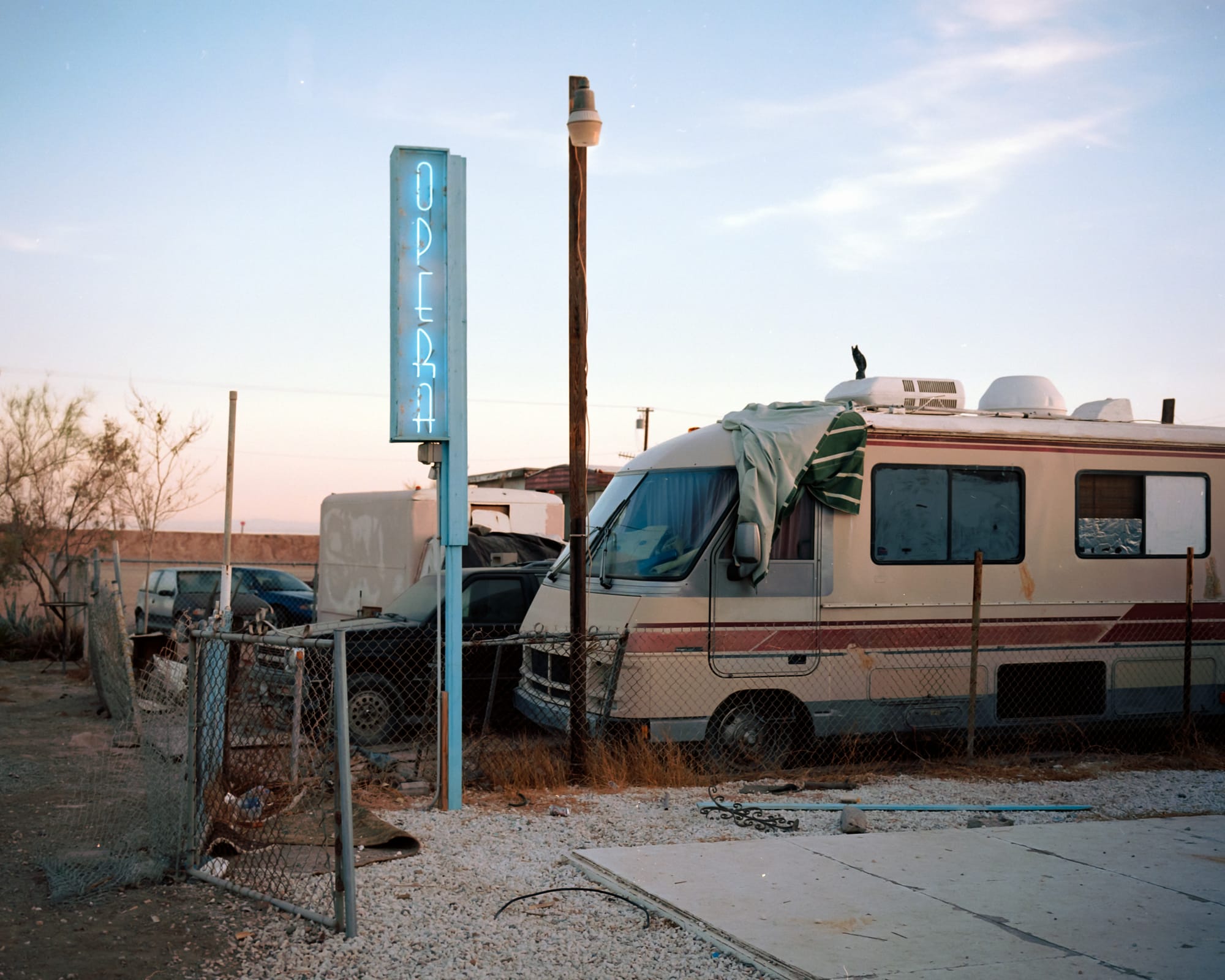
As a new resident, I didn’t know too many people and, with time freed up by lack of social commitments (read: social rides bracketed by beer drinking), I began documenting my new home. Both the landscape, the built environment, and people living in it were so drastically different from where I came from.
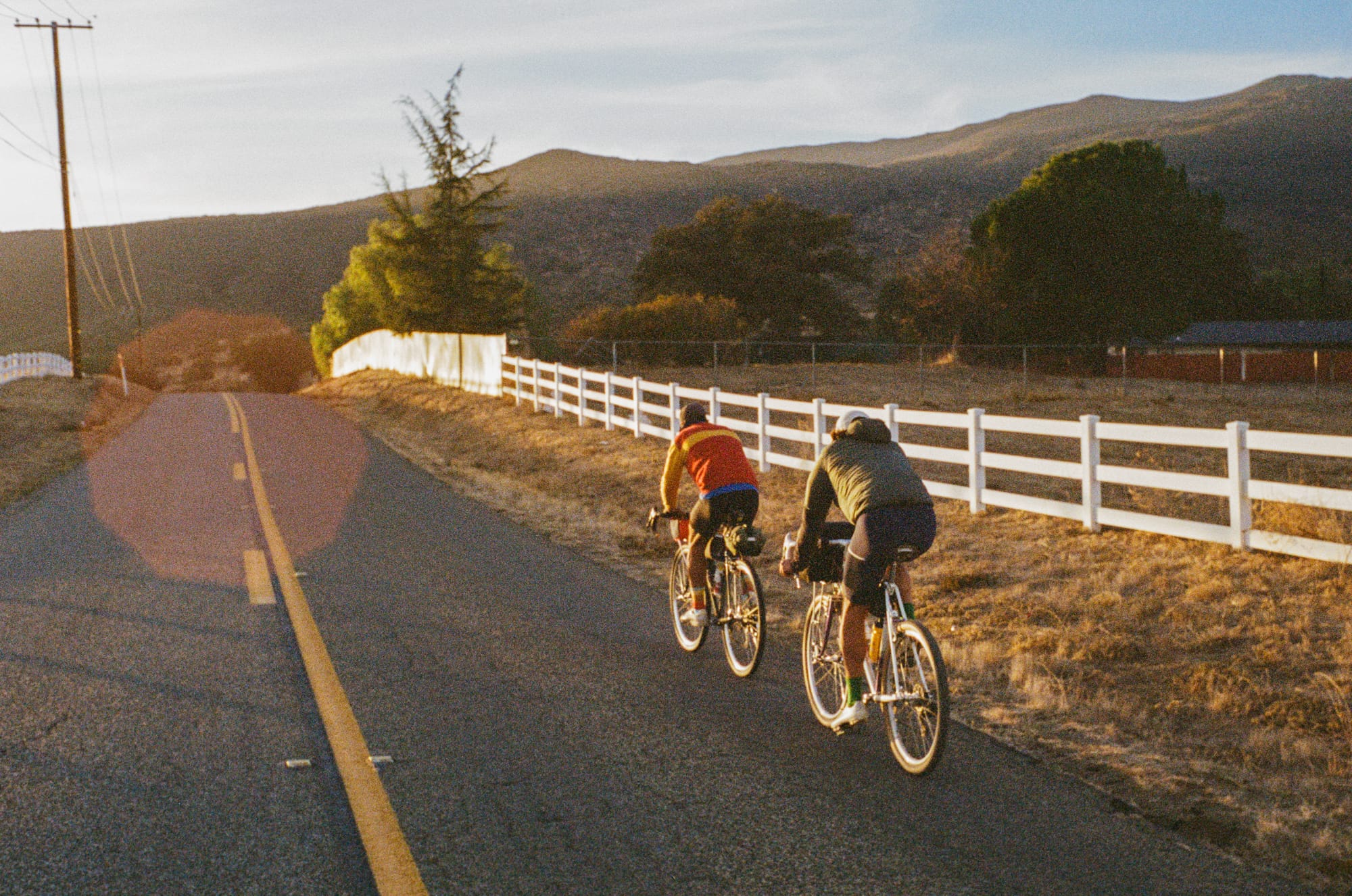
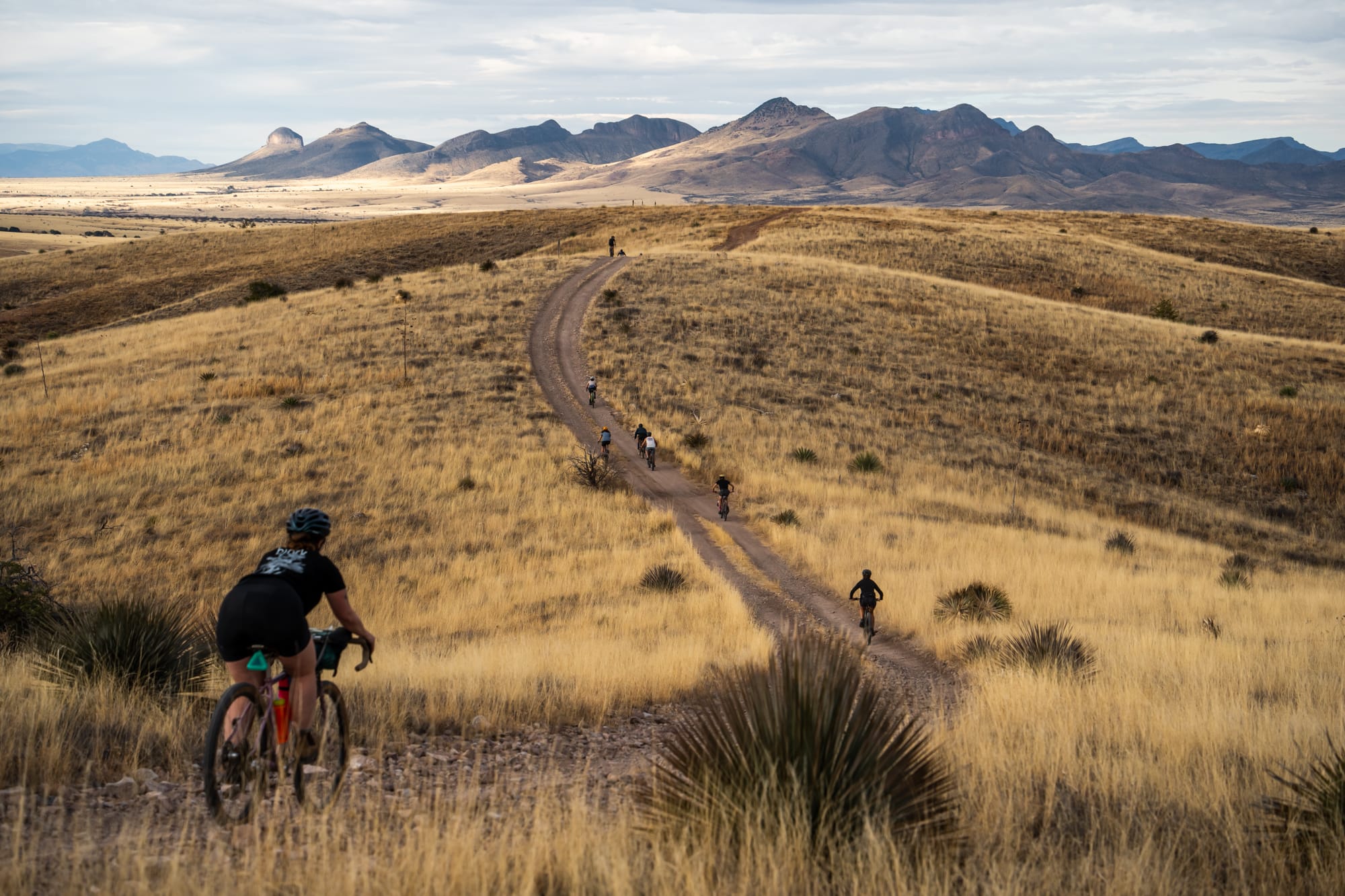
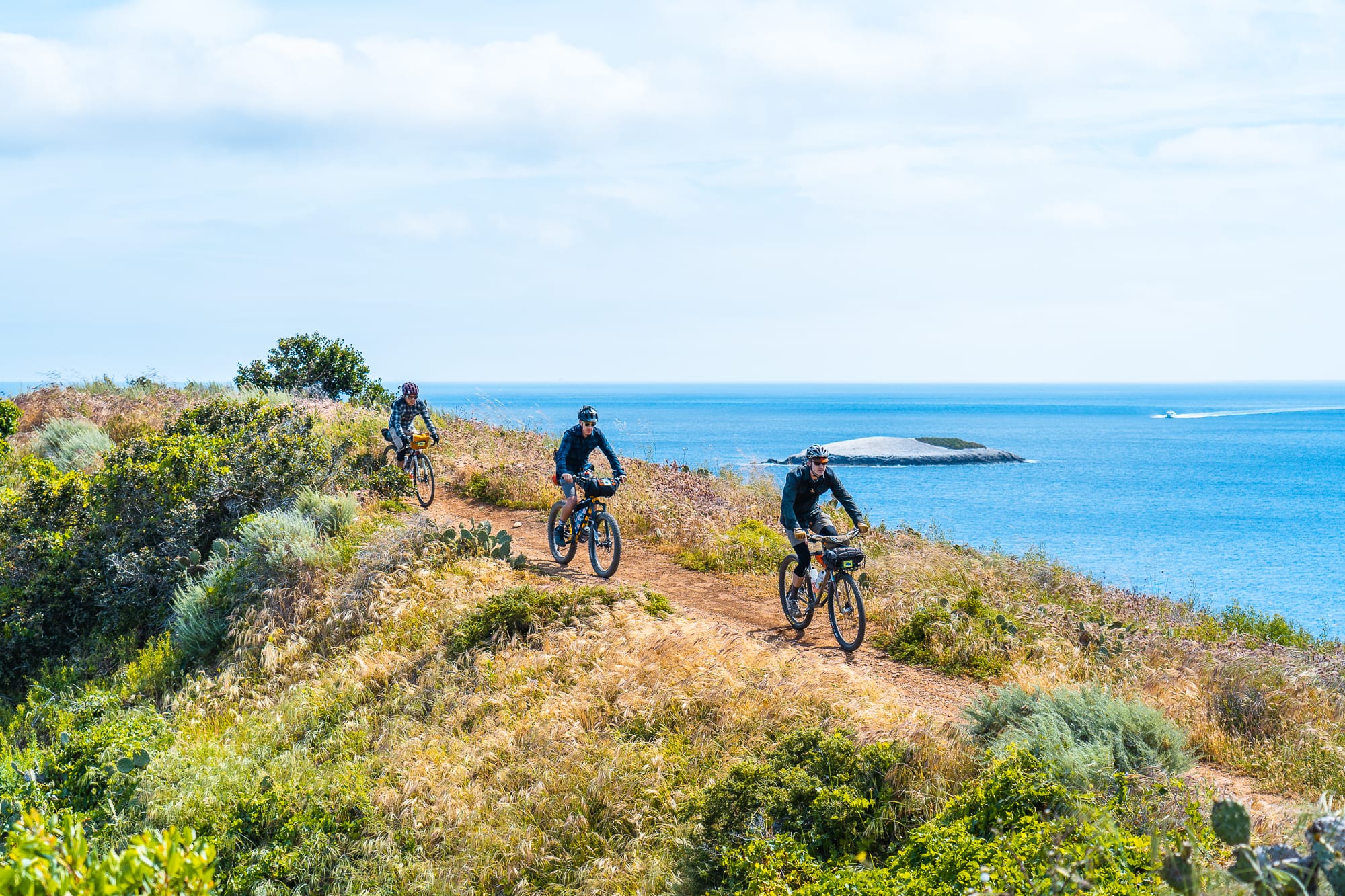

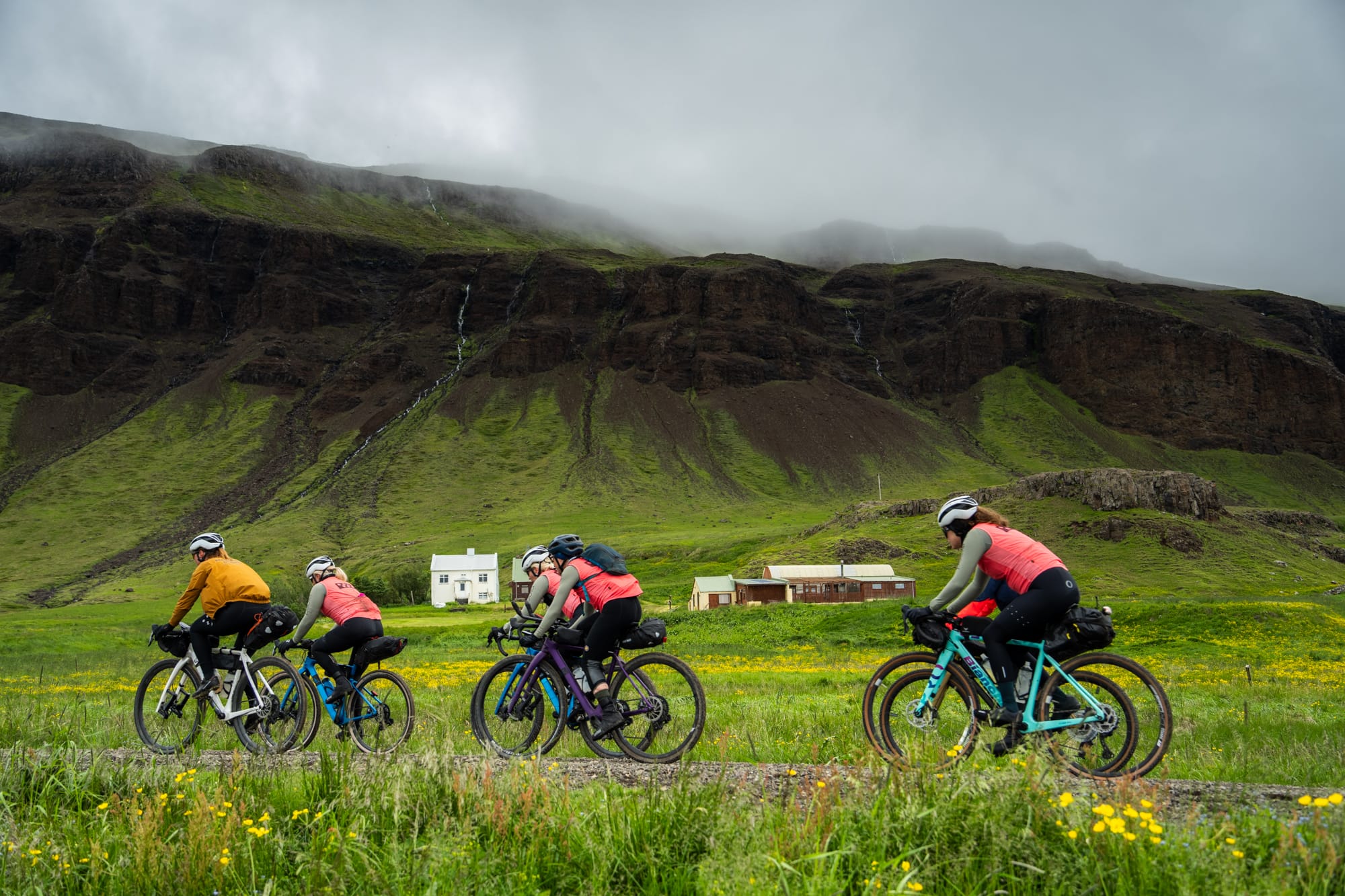
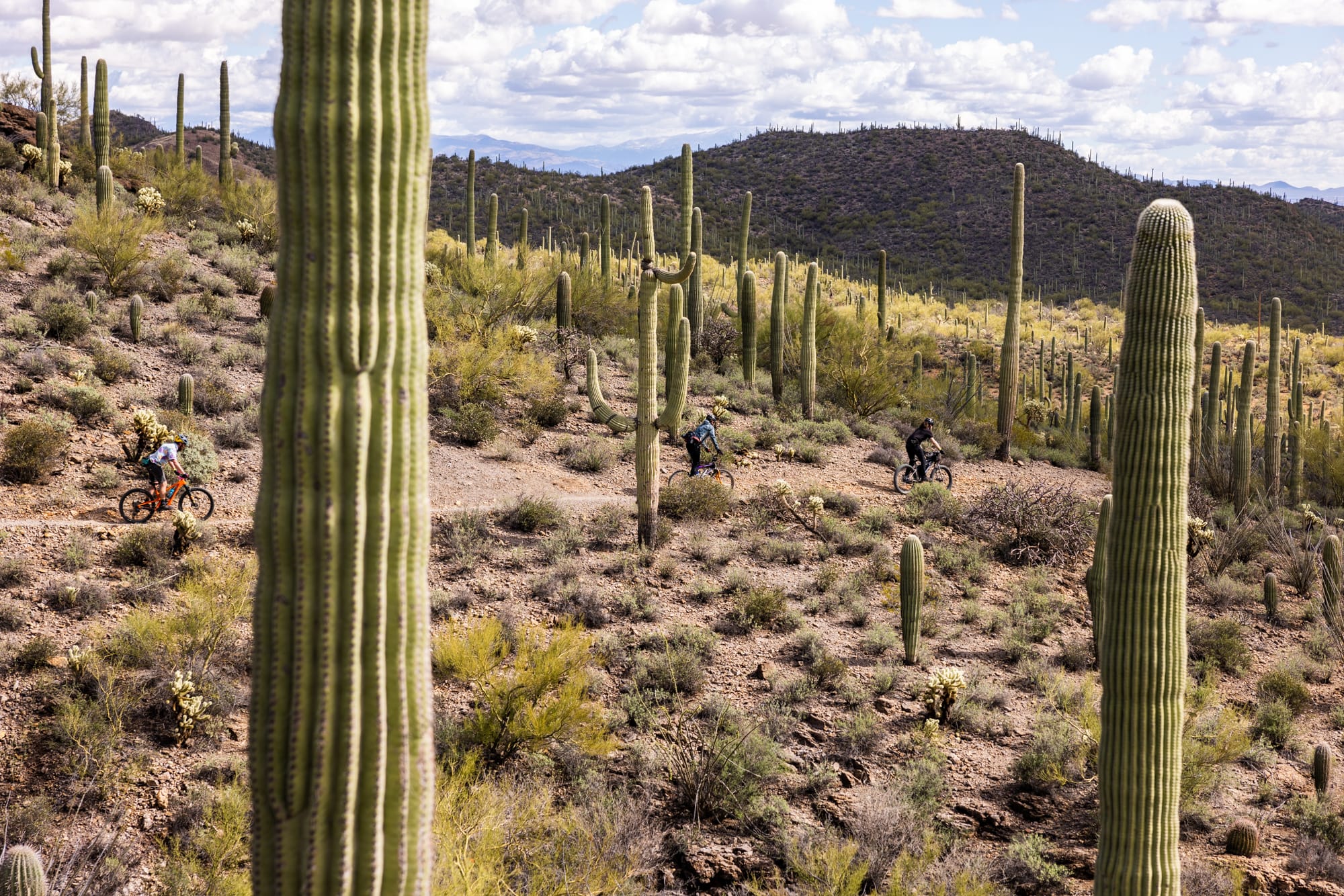
Cyclists and landscapes.
I became enamored with documenting the beautiful, yet often strange, desert. And then it wasn’t long before I started taking my camera along on cycling trips and pointing it at local riders. After all, cycling is one of the most elegant methods via which to traverse the land and finding creative ways to document its movement is challenging yet satisfying.
Did we do a good job with this story?

